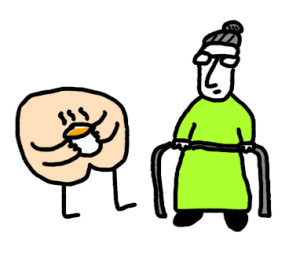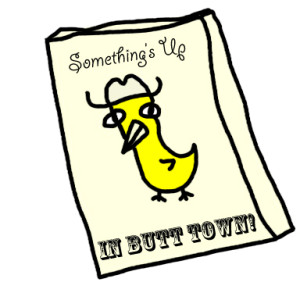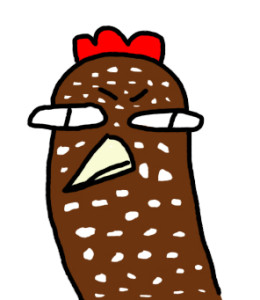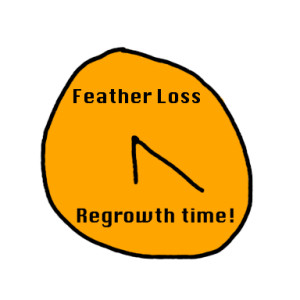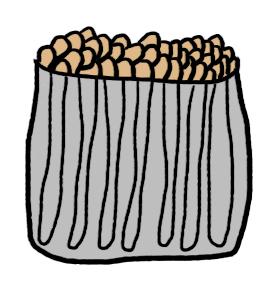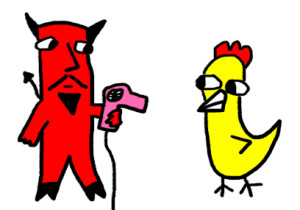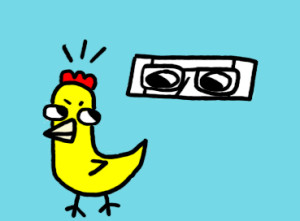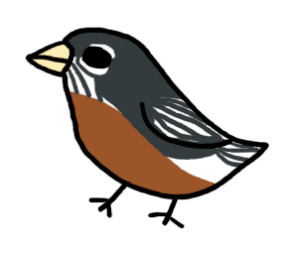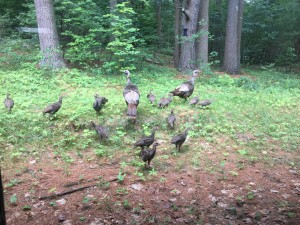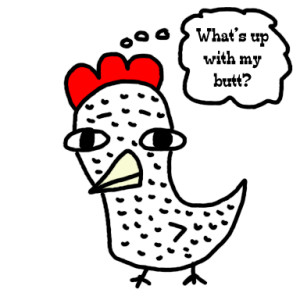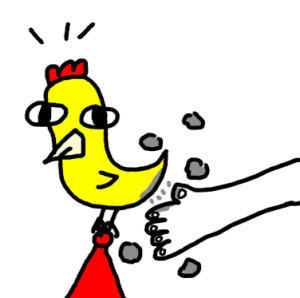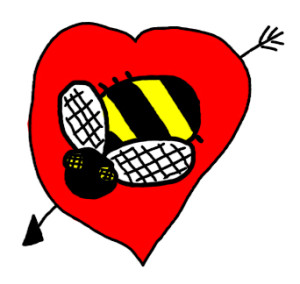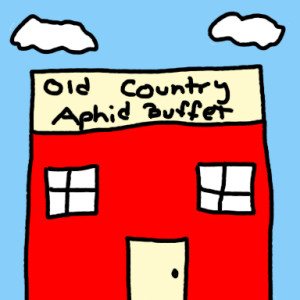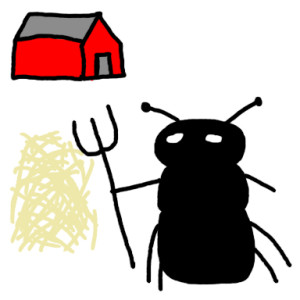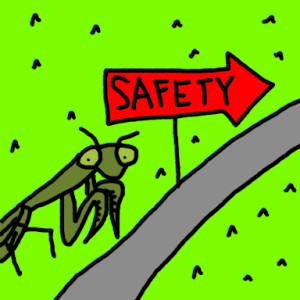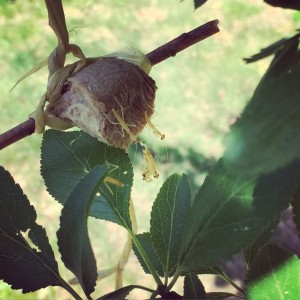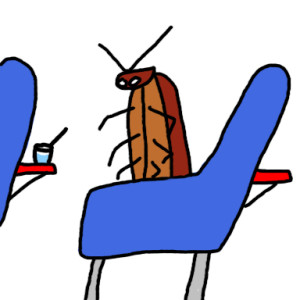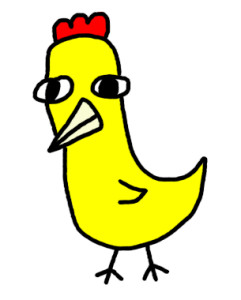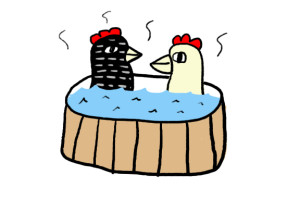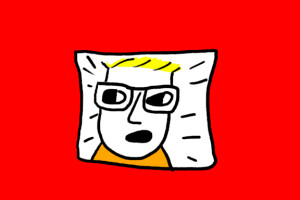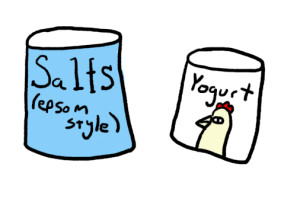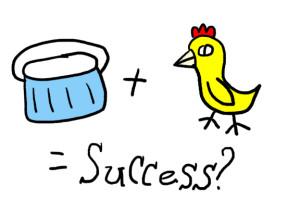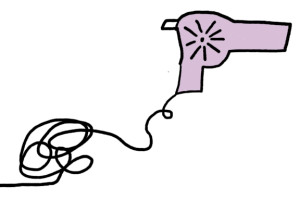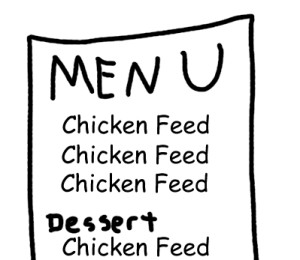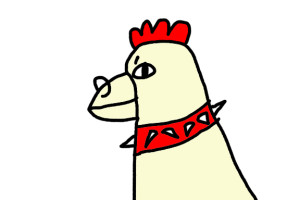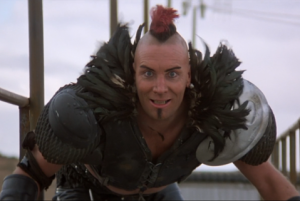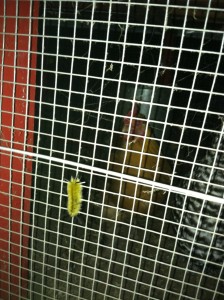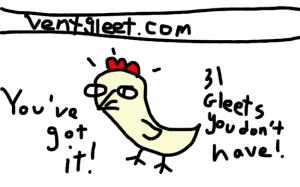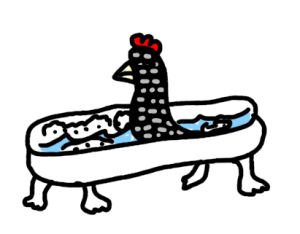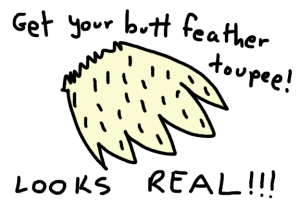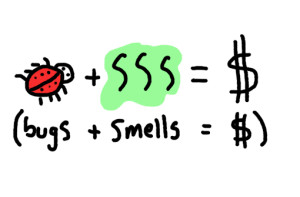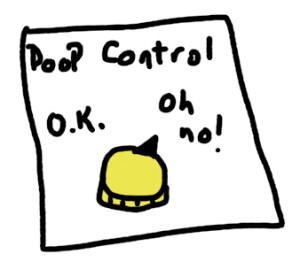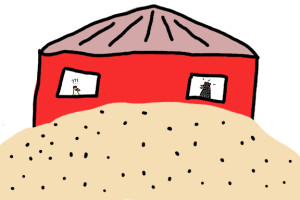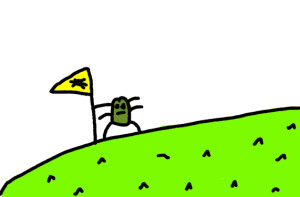Exciting Butt Magic!
Friday, August 7th, 2015I have said many times that the butt is the window to the soul. It may be a case of thinking that if I say something enough, I’ll eventually believe it. This may be working, in a weird way, because when it comes to chickens, I’ve found that the butt is certainly some kind of window. It’s a window that sometimes lets out eggs, and then other things that are less nutritious, but I have often been able to discern that something is wrong with a chicken just by looking at its butt. So maybe not the window to the soul as much as a window into health, but I suppose it may just be a matter of how you view health and/or souls. But if you view butts, you can learn many things. When a chicken has vent gleet, you know because her butt gets straight-up nasty. If a chicken is egg bound, you have to check via butt. And most recently, I found out my chickens had mites thanks to the disappearance of butt feathers, one chicken at a time. Butts are really helpful things!
What has helped me to learn the usefulness of the gallid hindquarters is the fact that every night when I put the chickens to bed, I stick my head into the coop to make sure everyone’s there. Doing this through the door in the run puts me right at chicken butt level. If something’s up in Butt Town, this is usually when I would notice. Fortunately, I’m not so close that I’ll get pooped on, but just the right distance to combine safety and the ability to inspect. This is how I first noticed Henny Penny’s butt feather loss, and how I watched it progress through the other chickens until I realized they weren’t having a bunch of different weird problems, but one big problem – mites. Now that I’ve begun treating the mites, I look extra closely to make sure that the problem is at least not getting any worse, and to eagerly await signs that things are getting better. I know I’m actually being a little overeager, but I need some sign that what I’m doing is working, otherwise I may need to try some remedies I don’t feel so good about. I did try poison on their butts a few times, but have since switched back to diatomaceous earth. It’s still not an ideal thing to be flinging around the coop, but it’s organic, so it’s the least of the evils I have available. The butts didn’t seem to be getting worse, but I had no proof they were getting better, and I began to wonder if I needed to bust out the poison “poultry powder” again to be more aggressive.
Then, during a recent nightly butt check, I noticed that Henny Penny’s butt had a few black specks on it. This could have gone in a bad direction, as it could have been mites walking on her very large bare patch. But getting in as close as I could, I confirmed that what I saw certainly looked like new feathers beginning to sprout. If that was happening, I’m pretty sure the mites have been vanquished. If they were still active, they’d bite these feathers off with the quickness. Suzy Creamcheese Junior was who I wanted to check next, since she had the second worst bare patch, but she could tell I was up to something, and turned away, giving me a “oh no you don’t” sort of look. I figured I’d check her later, when she wasn’t expecting it.
That opportunity came the other day, after I had let them out in the yard for a while. I called them all back into the run (or more accurately, I went out to the run with a bag of sunflower seeds, and they all came running for that). As they stood there eating seeds off the ground, Suzy had her butt pointing right at me, and I saw the tell-tale feather sprouts on her otherwise bare hiney. I think we’ve passed through the bad times, and are headed into a time of regrowth.
Given how bad some of them got it, I’m going to keep up my weekly butt dustings for a while. I don’t want to leave a chance for the mites to get back in there. Mites take a lot of energy from the chickens, so they don’t lay as many eggs, and they certainly can’t be enjoying themselves as much as usual. Soon they’ll hopefully all be fully feathered out and at peak happiness. Of course, this will probably happen right when it’s time for them to molt, so all these new feathers will fall out, but timing has never been a strong suit of mine.
(CREDITS: Theme music: Chicken In The Barnyard by Fireproof Babies, Music bed: Yes, We Have No Bananas by The Great White Way Orchestra)
